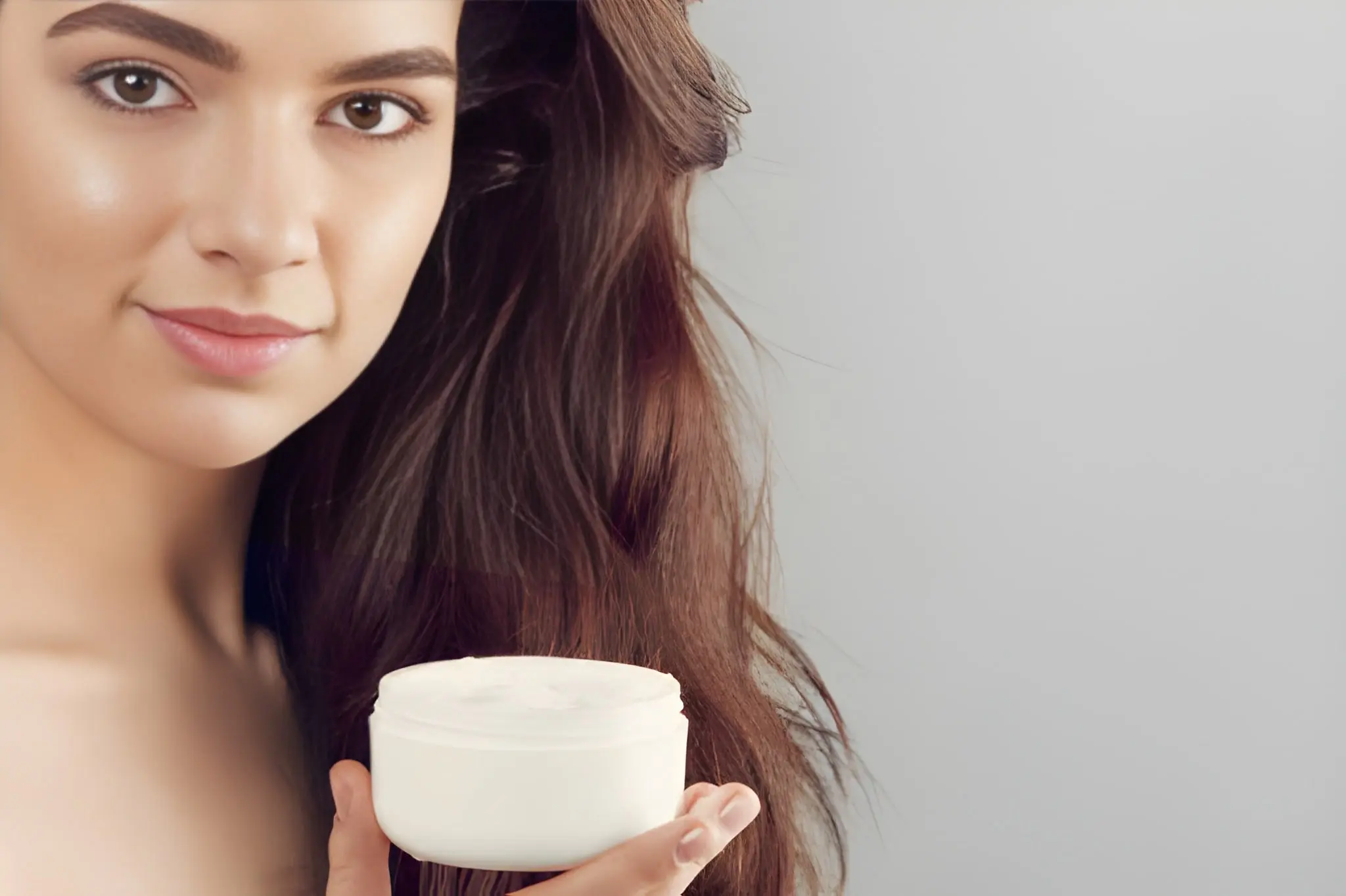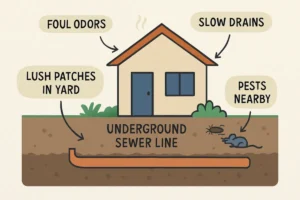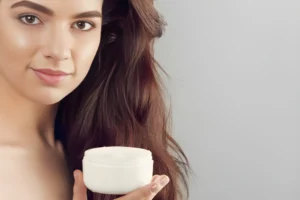Your hair takes a beating from heat styling, chemical treatments, sun exposure, and just regular wear from brushing and touching throughout the day. Over time, the protective outer layer—called the cuticle—gets damaged and starts to lift away from the hair shaft. That’s when you get dullness, breakage, and that straw-like texture nobody wants. A hair treatment cream works differently than regular conditioner by actually penetrating deeper into the hair structure with concentrated ingredients designed to repair and reinforce from the inside out. Studies on hair care efficacy show that treatment creams with specific proteins and lipids can improve tensile strength by up to 25% after consistent use over six weeks.
What Actually Happens to Damaged Hair
Think of healthy hair like a smooth roof with all the shingles lying flat. When hair gets damaged, those shingles—your cuticle cells—start lifting up and peeling away. This exposes the inner cortex, which is where your hair’s structural proteins live. Once that protective layer is compromised, moisture escapes more easily and the hair becomes weaker.
The damage shows up as split ends, breakage, frizz, and loss of shine. Shine is literally just light reflecting off smooth surfaces, so when your cuticle is roughed up, light scatters instead of reflecting, making your hair look dull. Treatment creams address this by filling in the damaged areas and helping to smooth down those lifted cuticle cells.
Key Ingredients That Actually Do Something
Hydrolyzed proteins are probably the most important component in effective treatment creams. These are proteins that have been broken down into smaller pieces so they can actually penetrate the hair shaft instead of just coating the surface. Keratin is popular because it’s similar to the protein your hair is already made of, but wheat and silk proteins work well too.
I’ve used creams with and without hydrolyzed proteins, and honestly, there’s a noticeable difference. The ones without proteins might make hair feel softer temporarily, but they don’t do much for actual strength. You can usually tell if a product has meaningful amounts by looking at where it appears in the ingredient list—it should be in the top half, not buried at the end.
Ceramides and fatty acids are the other heavy hitters. These lipids help rebuild the protective layer around each strand. Your hair naturally has a lipid layer, kind of like the mortar between bricks, and chemical processes strip this away. Ingredients like ceramide NP or behenic acid can help replace what’s been lost.
Leave-In vs. Rinse-Out Treatment Creams
Rinse-out treatments are more intense because they use higher concentrations of active ingredients. You apply them after shampooing, leave them on for anywhere from 3-20 minutes depending on the product, then rinse. The processing time matters—leaving it on longer generally allows more penetration, though there’s a point of diminishing returns after about 15 minutes for most formulas.
Leave-in creams are lighter and designed to keep working throughout the day. They usually contain heat protectants and humectants that help your hair retain moisture. I use a rinse-out treatment once a week and a leave-in every time I wash, which seems to be a pretty common approach that works for a lot of hair types.
How to Use Treatment Creams Correctly
This seems obvious, but I’ve definitely done it wrong before: apply to clean, damp hair, not dry or soaking wet. If your hair is too wet, you dilute the product. If it’s dry, it won’t absorb well. I usually squeeze out excess water with a towel first—not rubbing, just pressing—until my hair is damp but not dripping.
Start from mid-length to ends, not at the scalp. Your scalp produces natural oils and doesn’t need the extra richness of a treatment cream. Plus, applying too close to the roots can make your hair look greasy or flat. Work it through with your fingers or a wide-tooth comb to make sure you’re getting even coverage.
For really damaged hair, you can focus extra product on the ends, which are the oldest part of your hair and usually the most damaged. I section my hair into four parts and apply to each section separately to make sure I’m not missing anything.
How Long Before You See Real Results
Anyone promising overnight miracles is lying to you. Hair repair is gradual because you’re literally rebuilding damaged structure. Most dermatologists and trichologists say you need at least 4-6 weeks of consistent use to see significant improvement in hair strength and texture.
That said, you might notice superficial improvements—like shine and smoother feel—after just one or two uses. That’s the product coating and smoothing the cuticle. The deeper repair that affects breakage and elasticity takes longer because proteins need time to bond with your hair’s structure.
Adjusting Based on Your Hair Type
Fine hair needs lighter formulas because heavy creams can weigh it down and make it look limp. Look for words like “lightweight” or “volumizing” on the label. I’ve got medium-thick hair, so I can handle richer formulas, but my friend with fine hair had to switch to a different brand because the one I recommended made her hair flat and greasy-looking.
Coarse or curly hair usually needs more intensive treatment because the structure is naturally drier and more prone to damage. Curly hair is also more fragile at the curve points where the strand bends. Thicker, creamier formulas work better here, and you might benefit from leaving the treatment on longer—like 15-20 minutes instead of the minimum time.
Color-treated or chemically processed hair needs treatments specifically formulated for that. Chemical processes open up the cuticle deliberately to deposit or remove color, so you need ingredients that can address that specific type of damage.
When Treatment Cream Isn’t Enough
If your hair is severely damaged—like breaking off in chunks or turning to mush when wet—you might be past what topical treatments can fix. At that point, you’re better off getting regular trims to cut away the damaged portions while using treatment creams to protect what’s left.
Also, if you’re continuing to damage your hair faster than you can repair it—like using a flat iron on high heat every day—no treatment cream will keep up. You have to reduce the damage while you’re trying to repair it, which honestly is the hardest part for most people.
Also Read-The Future of Web Design in Manchester: What Businesses Should Expect











